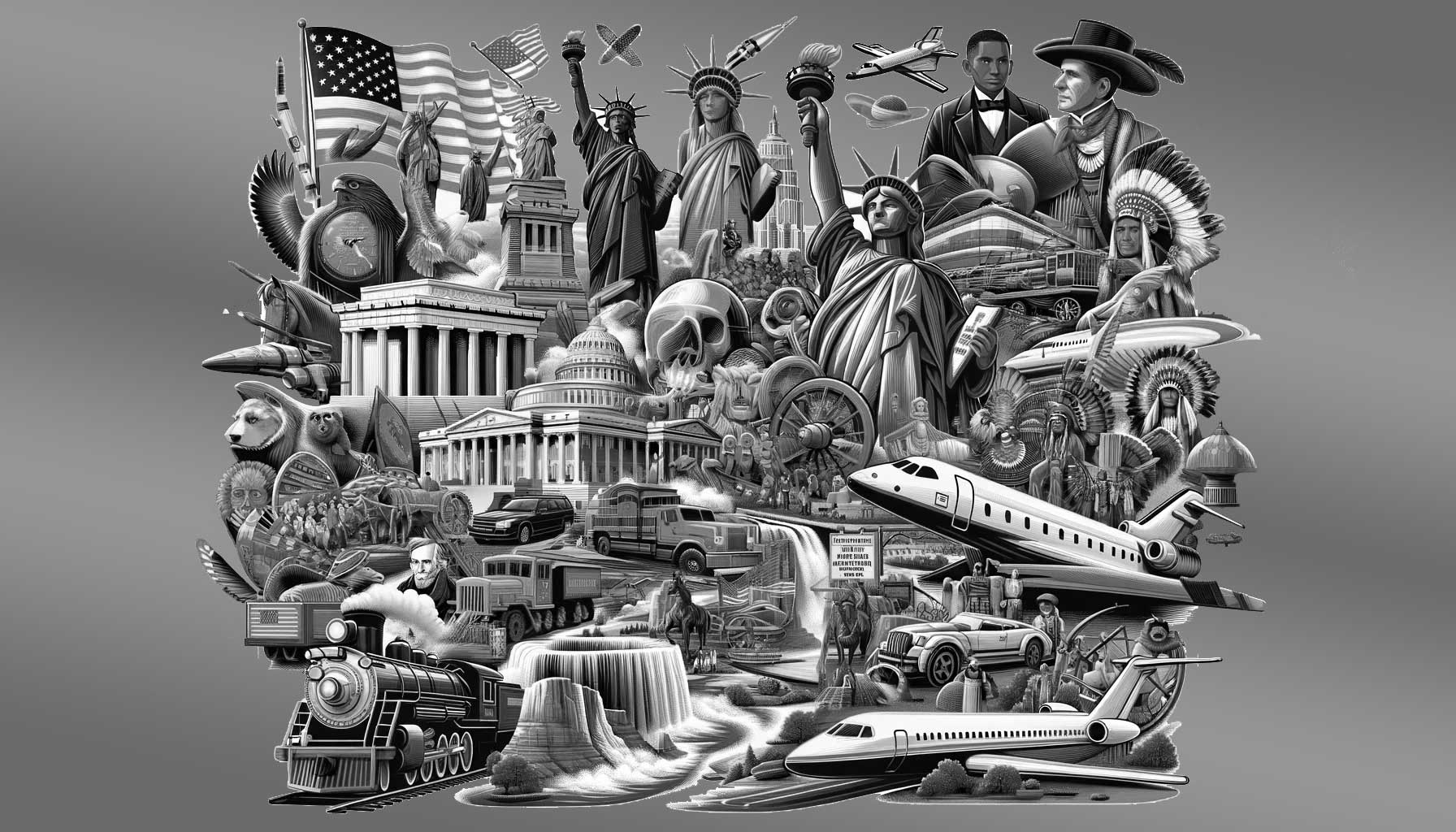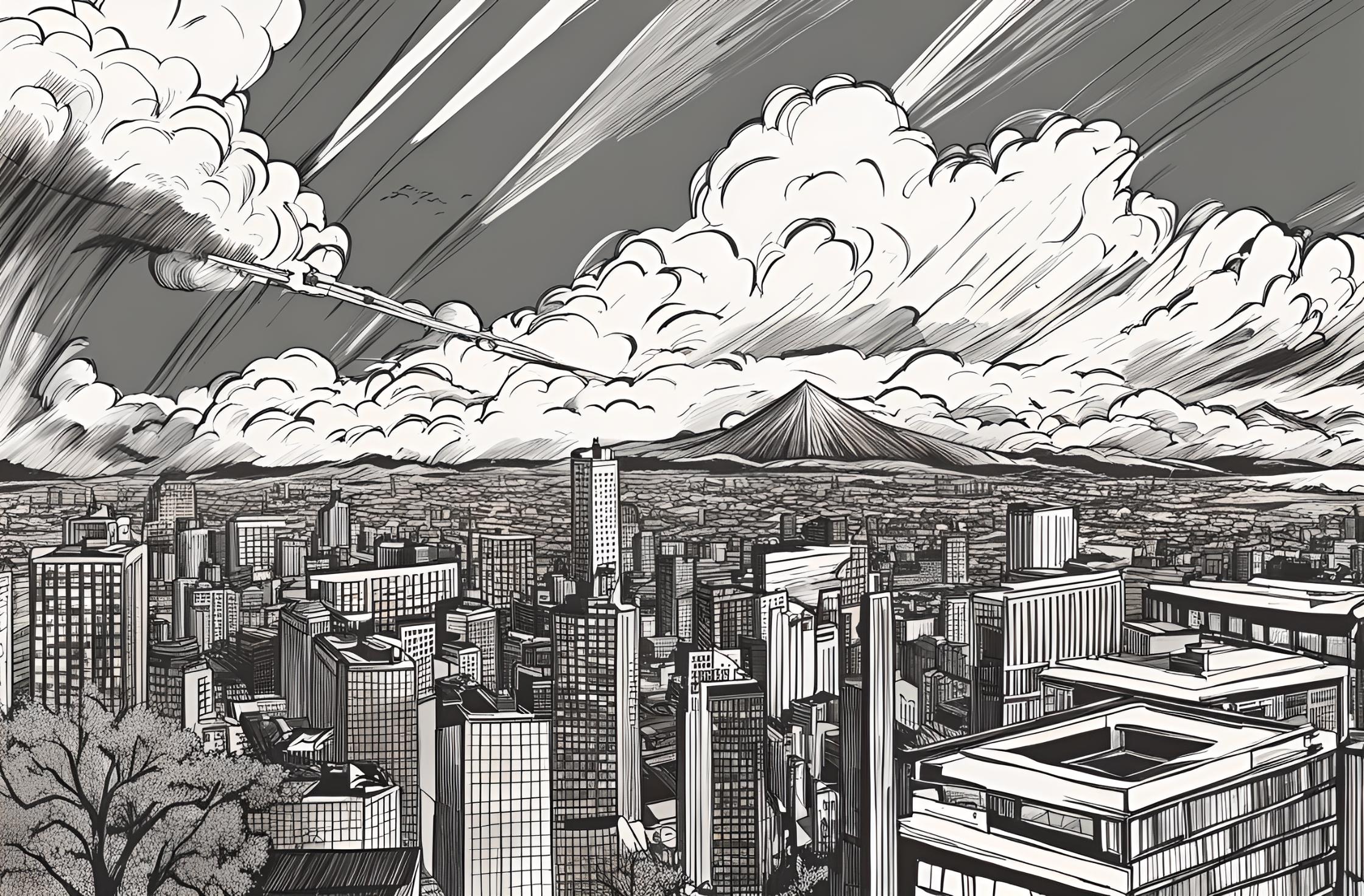Flashback to October 12
American History

1963, a year that is notorious in the annals of the American Civil Rights Movement, witnessed an unprecedented event on October 22nd. Marking the largest student-led protest in the history of the United States, approximately 225,000 students decided to boycott the Chicago Public Schools. Today, in retrospect, we remember this historical event as the “Freedom Day protest”.
The underlying intention of this show of defiance was to protest against the racially segregated education system in Chicago. A city that was notorious for its racial divide, despite the government’s federal laws stating otherwise. The metropolis’s public schools, divided along racial lines, became the crux of the participants’ grievances.
A detailed understanding of the Freedom Day protest provides a new perspective on civil disobedience, racial segregation, and the influential power of student activism. The children stated their solidarity, not just with words but through their actions, boycotting Chicago schools to send a strong message to the institutions that promoted segregation.
The Freedom Day protest, which saw the participation of a quarter-million students, was a reflection of the frustration the African-American community felt against the systemic racial discrimination present in the Chicago Public School system. This act of civil disobedience also highlighted the intensity of their demand for equality, justice, and better educational opportunities for black students.
The issue of racial segregation in schools had led to significant disparities in the quality of education offered to black students compared to their white counterparts. Facilities were often inferior, resources were limited and opportunities were scarce, laying the foundation for a wide and persistent academic gap between black and white students.
The boycott of the Chicago Public Schools on October 22nd, 1963, also underscored the importance of non-violent protest as a critical and effective tool for change. From this powerful act of defiance emerged an inspiring testament to the power of student activism and the quest for equality in education.
Despite the staggering number of students boycotting the schools, the impact of the protest, unfortunately, took a while to bring about substantial changes in the face of deeply entrenched institutional racism. However, it certainly sent a strong message to the nation about the injustices suffered by Chicago’s African-American students.
This culmination of events led the then Chicago Public Schools superintendent, Benjamin Willis, to become the protest’s prime target. Protesters accused Willis of promoting policies that systematically encouraged racially segregated schooling. The Freedom Day participants demanded his resignation, bearing placards stating, ‘Willis must go!’
Although the impact of the Freedom Day protest was not immediately felt, it nonetheless added to the mounting pressure placed on the government and educational institutions to address the social and racial inequalities prevalent in Chicago, and indeed the whole of the United States.
The public pressure eventually led to the replacement of Benjamin Willis and sparked a series of reforms aimed at desegregating the city’s public schools. It was a clear testament to the monumental impact of the Freedom Day protest, a key event in the struggle for civil rights and fair education.
the Freedom Day Protest on October 22nd, 1963, in which 225,000 students boycotted the Chicago Public Schools, marked a pivotal moment in the history of public education and the Civil Rights Movement in the United States. It highlighted the power of peaceful protest, especially when orchestrated on a mass scale, and underscored the urgency necessary to address racial disparities in schooling systems.
In these times when social justice issues are once again at the forefront of our national conversation, it is more critical than ever to remember such historical events. To remember that individuals have the power to effect change through collective efforts. The Freedom Day protest of 1963, in which 225,000 students boycotted Chicago schools, is a prime example of this enduring fact.
We strive for accuracy. If you see something that doesn't look right, click here to contact us!
Sponsored Content

Infamous Columbus Day Storm…
In 1962, the U.S.…

Cloquet Minnesota and 25…
On October 12, 1918,…

An iron lung respirator…
Experience the remarkable milestone…

Hurricane and sea surge…
The devastating hurricane that…

NASA loses radio contact…
On October 12, 1994,…

